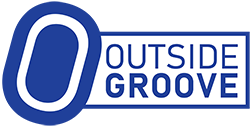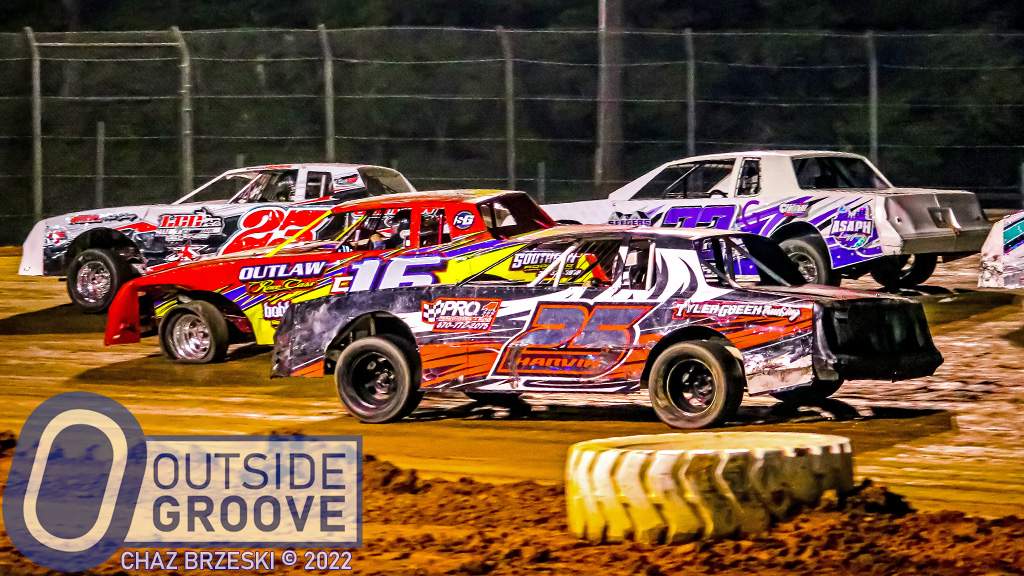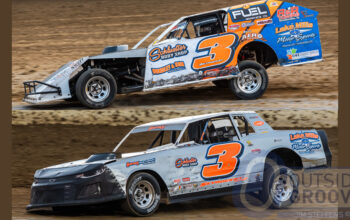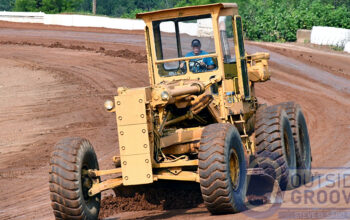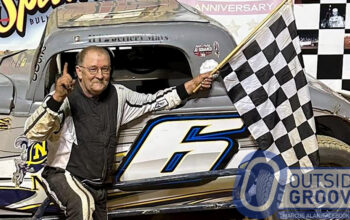Dirt tracks in south-central U.S. have formed a coalition to tackle increasing prevalence of tire doping in factory stock racing. They announced “Effective Immediately: To rid our sport of tire doping, the following tracks have agreed to uphold and enforce the same penalties and suspensions for failed lab tests on tires.”
A driver whose tires fail the lab test must pay the fine to the track where the offense occurred. All tracks in the coalition will uphold the suspension.
Penalties are as follows:
- First Offense: $500 fine, 30-day suspension.
- Second Offense: $1,000 fine, 90-day suspension.
- Third Offense: $2,000 fine, 365-day suspension.
The coalition includes the following tracks:
- 105 Speedway, Cleveland, Texas
- Ark-La-Tex Speedway, Vivian, Louisiana
- Boothill Speedway, Greenwood, Louisiana
- Diamond Park Speedway, Nashville, Arkansas
- Sabine Speedway, Many, Louisiana
- Super Bee Speedway, Chatham, Louisiana
- Texarkana 67 Speedway, Texarkana, Arkansas
- Thunder Valley Speedway, Glenmora, Louisiana
Ark-La-Tex Speedway promoter Ralo Pilkington offers his perspective on tire treatments.
“Tire doping is out of hand and it is costing promoters a lot of money,” said Pilkington. “It cost us $90 per tire to get the samples tested, and then another $110 to overnight the samples. That’s money that can’t go into the purse or to keep the track in business.”
Pilkington sent tire samples from the feature-winning modified and factory stock cars, as well as the factory stock heat race winners. That cost him $360 plus overnight delivery charges.
“Bubba Jones [promoter of Sabine Speedway] and I had a phone call,” Pilkington said. “We decided to call other promoters to invite them to form a group to deal with tire doping.”
The promoters felt those who treated tires put others at an unfair disadvantage.
“For the drivers with legal tires, they are taking a knife to a gunfight,” said Pilkington. “About 80% of the drivers want to play by the rules, the others want to cheat to win. Hopefully, these penalties will help cut down on the number of those who cheat.”
The USRA, which sanctions the factory stocks in the area, requires racers to use “unaltered Hoosier Racing Tire asphalt F45 pull-off racing tires.”
“Tire soaking is going on everywhere,” USRA president Todd Staley said. “In the South, asphalt takeoffs are used on factory stock and pro mods. Truckloads of tires come in from Florida and are sold for $20 to $30 apiece in those divisions. One problem is that some of these tires may have already been soaked, and have the chemicals in them.”
Staley said that he has not seen the upper divisions of the USRA use tire treatments as much.
“With the price of tires for modifieds and the scarcity of them, it would not be wise to soften tires and have them wear down prematurely,” Staley said. “We’re testing where and when we feel there is a need to.”
Ultimately, Pilkington, and many others, would like to get rid of tire treatments from the sport for a more concerning reason.
“You can see what tire doping chemicals does to a tire,” said Pilkington. “I don’t want to think about what it will do if it gets on my skin or if the fumes get inside my body. The body isn’t nearly as tough as a tire.”
Mike Adaskaveg has written hundreds of stories since the website’s inception. This year marks his 54th year of covering auto racing. Adaskaveg got his start working for track photographer Lloyd Burnham at Connecticut’s Stafford Motor Speedway in 1970. Since then, he’s been a columnist, writer, and photographer, in racing and in mainstream media, for several outlets, including the Journal Inquirer, Boston Herald, Stock Car Racing, and Speedway Illustrated. Among Adaskaveg’s many awards are the 1992 Eastern Motorsport Press Association (EMPA) Ace Lane Photographer of the Year and the 2019 National Motorsports Press Association (NMPA) George Cunningham Writer of the Year.
